Looking for help that actually works for Mom, Dad, or even yourself? Below you’ll find a fast‑track list of trusted older adult resources – from meal delivery to money‑savvy tools – so you can stop scrolling and start getting support right now.
We’ll break down the good, the gotchas, and the exact steps to tap each service, plus real‑world tips from families who have already tried them. Ready? Let’s dive in.
Why It Matters
What “older adult resources” really cover
When we say “older adult resources,” we’re talking about a toolbox that helps seniors stay safe, healthy, and independent. The toolbox usually includes:
- Meal delivery – nutritious food brought straight to the door.
- Money management – budgeting help, fraud protection, and benefits navigation.
- Adult day care – structured social and health activities during daytime hours.
- Senior services – transportation, home‑care aides, and wellness programs.
- Elder care counseling – professional guidance for families.
Benefits of using organized resources
When you line up the right services, you get more than convenience. You get:
- Greater peace of mind – knowing someone’s looking out for meals, meds, and money.
- Improved health outcomes – regular nutrition and activity reduce hospital visits.
- Financial savings – many programs are free or heavily subsidized.
- Social connection – day‑care centers and community events combat loneliness.
Common pitfalls & red‑flags
Unfortunately, not every program is created equal. Watch out for:
- Scams that target seniors with fake “grant” offers.
- Programs with hidden fees or confusing eligibility rules.
- Limited hours that don’t match the senior’s daily routine.
- Services that lack proper licensing or accreditation.
Keeping an eye on these warning signs will help you choose trustworthy help.
Meal Delivery
How meal delivery improves nutrition & reduces isolation
A balanced diet is the cornerstone of healthy aging, but grocery shopping can become a burden. Meal delivery services fill that gap, delivering not only calories but also companionship – a friendly knock on the door can brighten a day.
National programs
For those on a tight budget, the USDA Senior Farmers Market Nutrition Program offers vouchers to buy fresh produce at local markets.
Private options
| Service | Price (per meal) | Eligibility | Key Features |
|---|---|---|---|
| Meals on Wheels America | $7‑$10 | Generally low‑income; check local affiliate | Home‑delivered hot meals, volunteer drivers, nutritionists on call |
| Mom’s Meals | $10‑$12 | None; nationwide delivery | Chef‑crafted, diet‑specific menus, freezer‑friendly |
| Local nonprofit kitchens | Free‑$5 | Residency in service area | Often run by churches or community centers, may include social gatherings |
Choosing the right service
Ask yourself these quick questions:
- Do I need hot meals, or are frozen options okay?
- Is the service covered by Medicaid or other benefits?
- How reliable is the delivery schedule?
- Can I talk to a nutritionist if I have dietary restrictions?
Real‑life example
When Jane’s dad switched to Meals on Wheels, his grocery bill dropped 30 % and he started looking forward to the “good morning” chat with his driver. It turned a lonely routine into a small daily celebration.
Money Management
Why financial literacy is critical after 65
Retirement may mean a steady paycheck, but it also means navigating Medicare, prescription costs, and often limited income. A solid money‑management plan protects seniors from fraud and helps stretch every dollar.
Free government help
The Eldercare Locator lets you type in a zip code and instantly see nearby free financial‑counseling agencies. It’s a one‑stop shop that includes “benefits navigation” as a core service.
Non‑profit counseling
The National Council on Aging offers an online financial toolkit that walks you through budgeting, debt management, and protecting against scams.
Red‑flags: predatory loans & scams
Scammers love senior citizens because they often have savings and may be less skeptical of “official‑sounding” offers. Warning signs include:
- Pressuring you to “act now” or “sign today.”
- Requests for bank information via email or phone.
- Offers that sound too good to be true – especially reverse‑mortgage schemes.
According to SAMHSA, you can call a helpline if you suspect fraud.
Step‑by‑step checklist
- Gather all monthly statements (bank, credit cards, Medicare).
- Create a simple spreadsheet or use a free budgeting app.
- Set up automatic payments for recurring bills.
- Schedule a 30‑minute call with a free financial counselor (via Eldercare Locator).
- Review the budget quarterly for any unusual charges.
Real‑world anecdote
Mike’s mother was hit with a “home repair” scam that tried to siphon $2,000 from her checking account. After a quick call to the local senior center’s financial‑aid office, the scam was reported, the money was recovered, and she now receives a monthly “fraud‑watch” email from the center.
Adult Day Care
What adult day care provides
Think of adult day care as a community “café” that offers structured activities, health monitoring, and a safe environment while caregivers get a much‑needed break. It’s not just a babysitter – it’s a hub for socialization, physical therapy, and sometimes even meals.
Finding local centers
Plug your address into the Eldercare Locator and select “Adult Day Services.” You’ll get a list of vetted centers, each with phone numbers, eligibility notes, and user reviews.
Comparison table
| Center | Cost (per day) | Hours | Medicaid Eligibility | Transportation |
|---|---|---|---|---|
| Sunrise Senior Center | $45 | 8 am‑5 pm | Yes, with prior approval | Shuttle service available |
| Golden Years Day Hub | $55 | 9 am‑4 pm | No, private‑pay only | Client‑provided |
| Community Health Day Program | $30 | 7 am‑12 pm | Yes, limited slots | Volunteer drivers |
Alternative senior services
If day‑care isn’t a fit, consider these options:
- Transportation vouchers – many local transit agencies offer senior passes.
- Home‑care aides – part‑time assistants for bathing, medication reminders, or light housekeeping.
- Community‑center classes – many libraries and recreation departments run free “silver” fitness or art classes (check the Go4Life campaign for details).
Case study
After six weeks of attending an adult day program, Mike’s mom regained confidence, was able to walk unaided for 30 minutes, and his daughter reported feeling less overwhelmed during the work week.
Health & Wellness
Physical activity resources
Staying active isn’t just about staying fit; it reduces fall risk and keeps the mind sharp. The Move Your Way® campaign offers printable guides, videos, and easy‑to‑follow exercise plans tailored for older adults.
Mental‑health hotlines
Loneliness, anxiety, or depression can creep up unnoticed. The 988 Suicide & Crisis Lifeline, highlighted by SAMHSA, provides 24/7 confidential support. It’s free, and callers can remain anonymous.
Preventive care reminders
Don’t let annual check‑ups slip through the cracks. A quick reminder list:
- Annual Wellness Visit (AWV) – covered by Medicare.
- Flu shot – every fall.
- COVID‑19 booster – as recommended.
- Vision and hearing screenings – at least once a year.
Vetting Trustworthiness
Look for .gov, .org, or .edu domains
Official government sites (.gov) guarantee that the information is accurate and up‑to‑date. As a rule of thumb, if a site ends in .com and is selling something, double‑check its credentials.
Check for accreditation & licensing
For adult day care and home‑care aides, verify that the provider holds a state license and, where applicable, certification from the National Association of Area Agencies on Aging (N4A).
Read reviews – where to find unbiased feedback
Sites like Better Business Bureau, Aging2.0 forums, and local senior center newsletters often post candid reviews. Focus on recurring themes rather than isolated complaints.
Ask a professional
A geriatric social worker, certified financial planner, or community health nurse can give you a quick “yes/no” on a service’s credibility. In many cases, they’re happy to do a free 15‑minute consult.
Quick‑Start Action Plan
5‑step checklist
- Identify the need. Is it meals, money, socialization, or health?
- Search reputable directories. Use the Eldercare Locator or NCOA tools.
- Verify credentials. Look for .gov, .org, licensing info.
- Enroll or apply. Fill out forms, provide necessary documents, and set a start date.
- Evaluate after 30 days. Does it meet expectations? Adjust or switch if needed.
Printable PDF
Below is a handy PDF you can download, print, and keep on the fridge. It lists the steps, contact numbers, and a space to note your own observations.
Download Quick‑Start Checklist (PDF)
Conclusion
By mapping out meal delivery, money management, adult day‑care, and health‑wellness options, you give older loved ones the freedom to thrive while protecting them from scams and gaps in care. Use the quick‑start checklist to put one of these resources in place today, and revisit this guide whenever life changes. Got a favorite service you’ve tried? Share your experience in the comments so the community can keep building a reliable network of older adult resources.

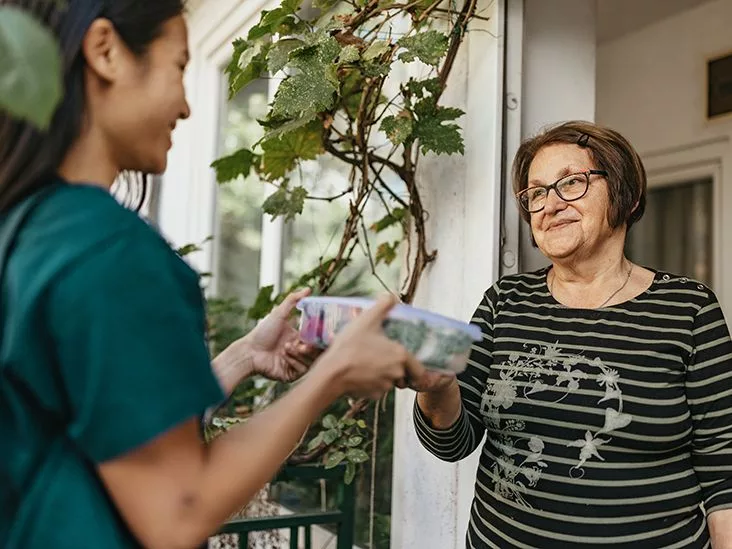

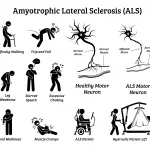

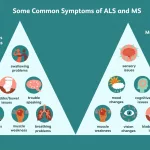

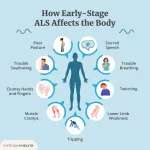



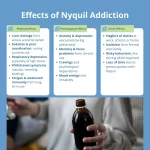
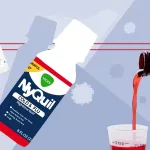

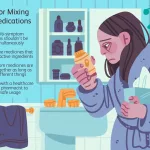


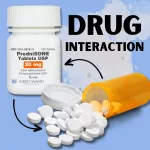
Leave a Reply
You must be logged in to post a comment.